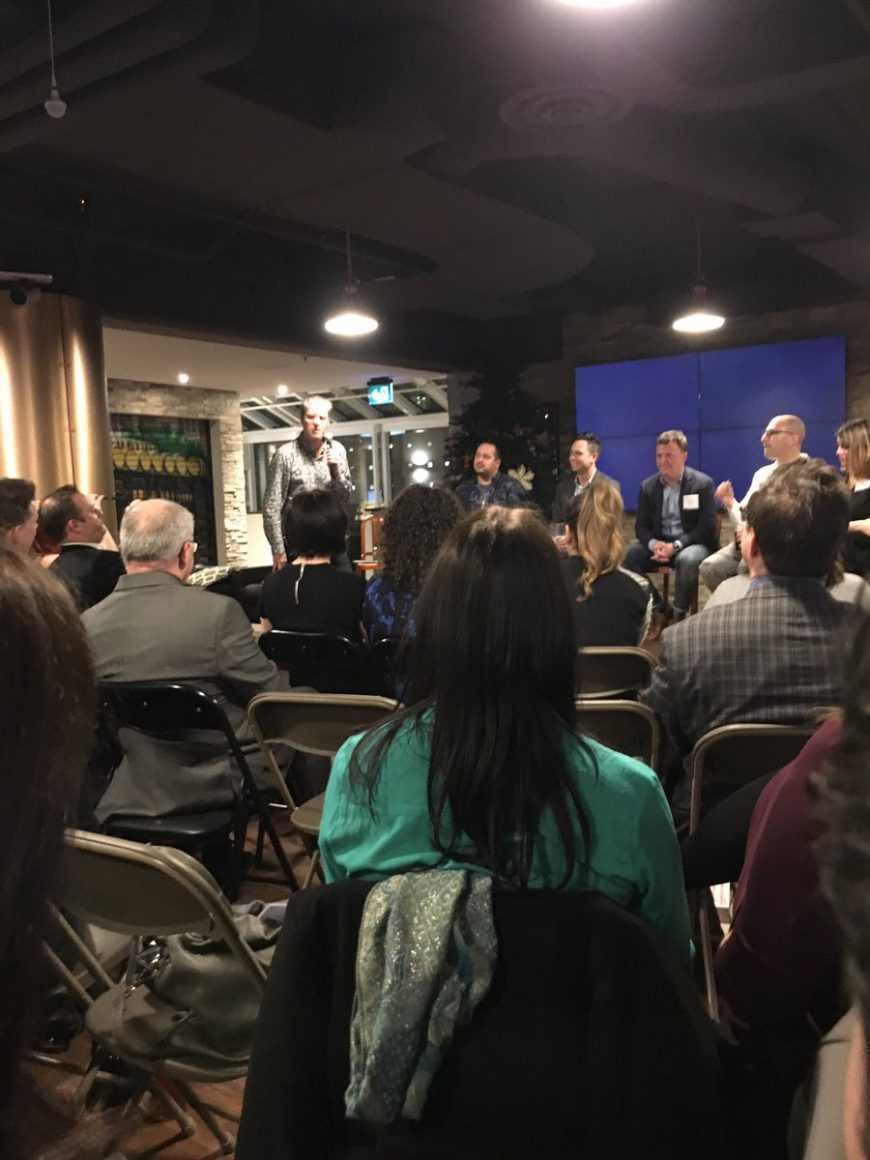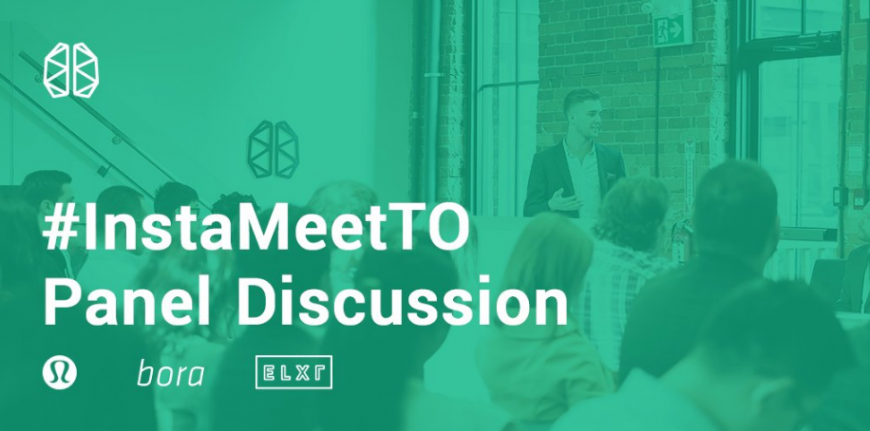Tweeting for a non-tweeter
At the beginning of the month the ruckus crew posed a challenge to one another: Use a social platform you don’t usually use. We all have our favourites and not so favourite social platforms. (My favourites are Snapchat and Instagram and not so favourite are Twitter and Facebook.)
So, for one week I tweeted multiple times per day. A couple of my colleagues were tweeting away with me – similarly they tend to stray to more visual platforms (read Instagram and Snap) on any given day.
To give you an idea of my usual social habits, it goes something like this: wake up and immediately scroll Instagram, watch a few Stories and then switch over to Snap and skim the Discover section for major news stories or a few laughs. Throughout the day I’ll head back to Instagram and Snap to check out what’s new and to keep in touch with friends. I don’t use Facebook or Twitter personally, only for work.
Most of my tweets over the week were making fun of myself or the platform (sorry Twitter), because I just couldn’t seem to get into it.
But, that all changed thanks to Pepsi’s giant ad blunder, here’s a recap in case you missed it. The Pepsi/Kendall Jenner debacle became the highlight of this experiment. Twitter was amazing for not only keeping all the articles, relevant trolls and tweets consolidated under one trending topic, but the commentary was entertaining as well as insightful. I found a ton of new accounts that I now follow – on Instagram – and catch up with daily. Man Repeller I’m looking at you!
After this little challenge I appreciate Twitter for its niche market in real-time trending topics/news, but once I find the accounts I’m looking for, I still head to Instagram or Snap to see what they’re up to.
I know Twitter is making the effort to claw back to relevancy for the masses; they plan to launch live video 24/7 and are trying to crack down on abuse on the platform. They also just announced their latest earning’s report that had a few bright spots too, including an increase in user growth.
The experiment was great as it pushed the team out of their social comfort zones.
Sarah Rogers is a digital account coordinator at ruckus digital. For more digital insights or to chat about your strategy, drop us a line.









